Mikvé Israel-Emanuel Synagogue
The floor of the oldest surviving synagogue in the Americas is entirely covered in sand.
Mikvé Israel-Emanuel Synagogue—often referred to as the Snoa, another term for synagogue—is the oldest surviving synagogue and Jewish congregation in the Americas. This is more than enough to make it a place of historical significance but it has another element that makes it unusual. The floor is entirely covered in sand.
Founded in Curaçao in 1651, the congregation’s original name translates to The Hope of Israel. The Mikvé Israel-Emanuel Synagogue itself began construction in 1729, was completed in 1732, and has been in continuous use ever since.
The synagogue is tucked into a quiet street in the Punda neighborhood of Willemstad, the historic capital city of Curaçao. Though it has an inconspicuous exterior, once you step inside, you’ll find rows of pews, towering chandeliers, and a shining mahogany bemah. As you walk around, your feet sink softly into the floor of sand.
Spanish and Portuguese Jews from the Netherlands and Brazil were early settlers in the Caribbean islands, taking on influential roles in the local communities, and the Jewish community in Curaçao was notable among those in the New World. (Nearby the Hendrickplein Jewish Temple built in 1865 is also well worth a visit.)
The reasons for the Jewish migration to the islands and the reason for the sand floor may be connected–an attempt to avoid persecution. As Jews made their new home in the Caribbean, fears of persecution lingered. The sand floor is said to have been there to muffle the sound of steps as a reminder of the secret Jewish services performed in the recent past. While that is one interpretation, the true origin of the sand-floored synagogue is largely mysterious. Nonetheless, the tradition has carried on in other far flung Jewish communities. Sand floor synagogues can be found in four other locations, in Jamaica, in Surinam, in Saint Thomas, and in the Portuguese Synagogue of Amsterdam.
The building is in very good condition, and guests can attend the regular services. You can also check out their Jewish Cultural Historical Museum, which contains information on the island’s Jewish community and history as well as artifacts such as old scrolls and spice boxes.
The city of Willemstad, a designated UNESCO World Heritage Site, looks at first glance like an Amsterdam lookalike, though it has a population of only around 150,000. Curaçao, an island in the Caribbean just off the coast of South America, only gained autonomy from the Netherlands on October 10, 2010, which was the first time since the arrival of the Spanish in 1499 that the islanders regained political control.
Community Contributors
Added by
Edited by
Plan Your Trip
The Atlas Obscura Podcast is Back!



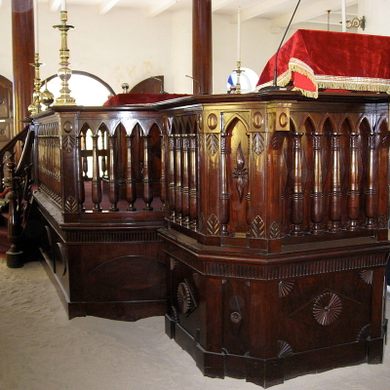



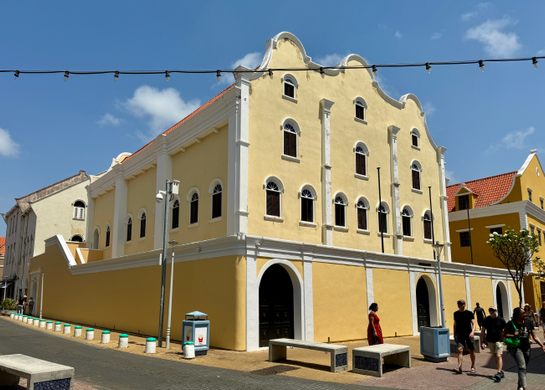



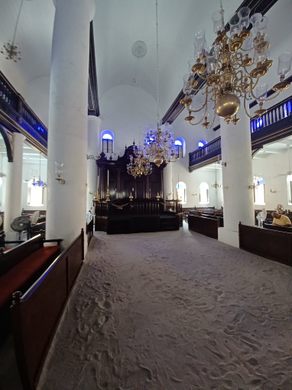







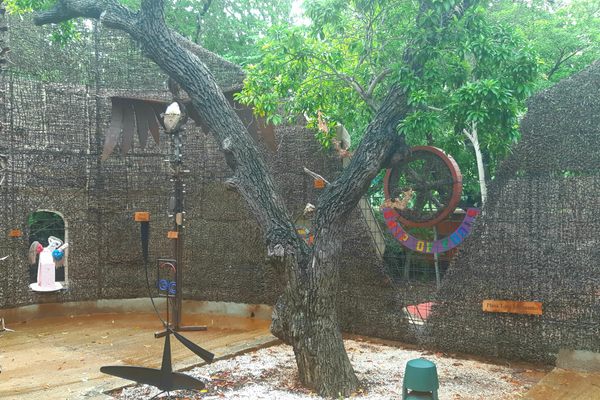




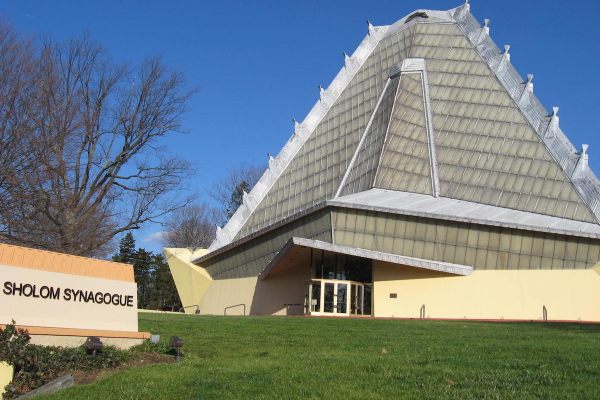
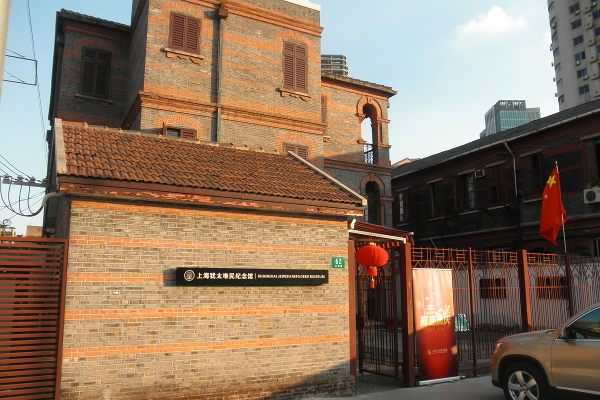

Follow us on Twitter to get the latest on the world's hidden wonders.
Like us on Facebook to get the latest on the world's hidden wonders.
Follow us on Twitter Like us on Facebook